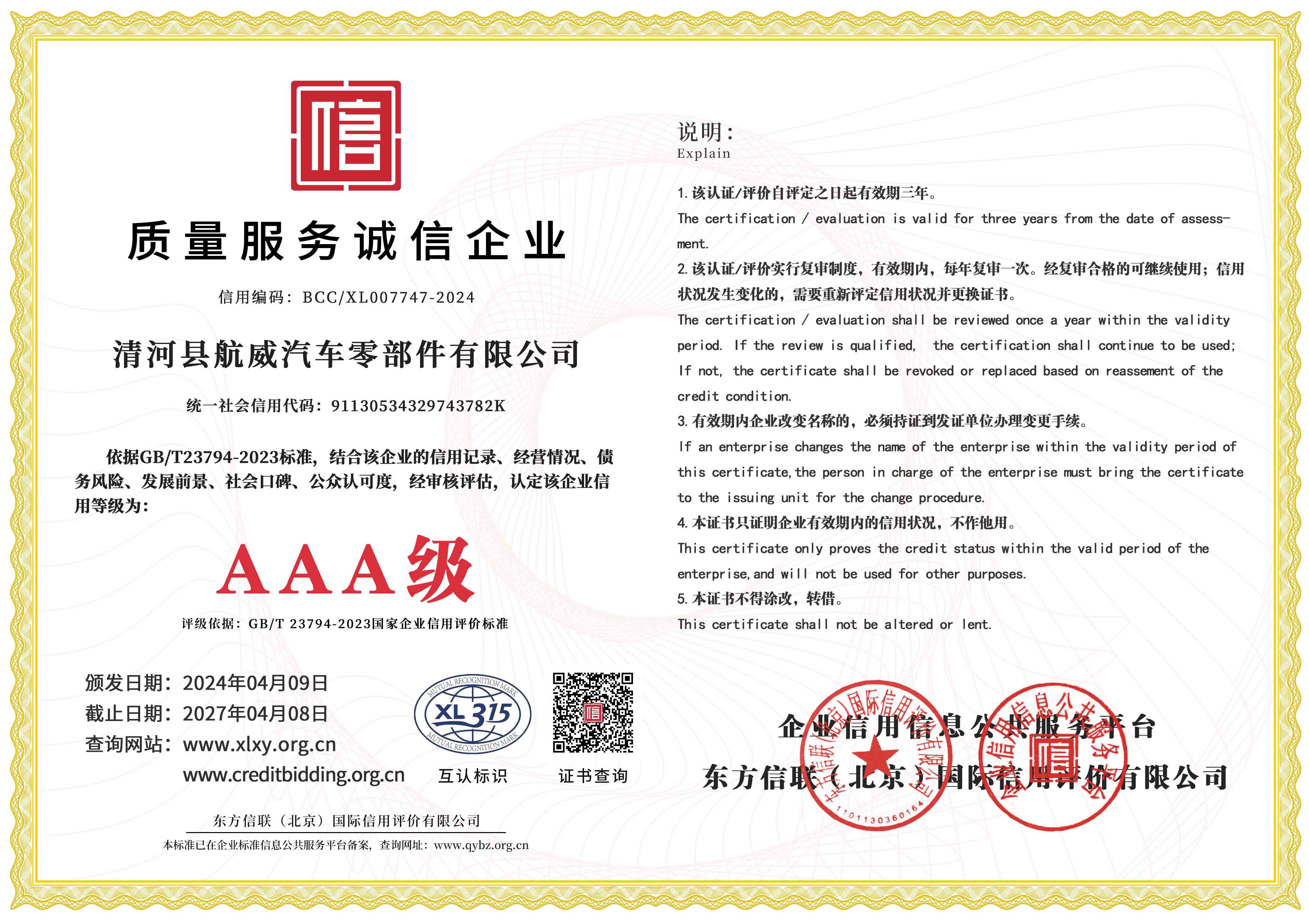Understanding Gear Shift Linkage Cable Mechanisms for Optimal Vehicle Performance
Understanding Gear Shift Linkage Cables Function, Importance, and Maintenance
In the intricate system of an automobile, every component plays a pivotal role in ensuring seamless functionality. Among these components, the gear shift linkage cable is crucial for connecting the gear shifter to the transmission, allowing the driver to select the desired gear. Understanding its function, importance, and maintenance can enhance the overall driving experience and vehicle longevity.
Function of Gear Shift Linkage Cables
The gear shift linkage cable serves as a critical mediator between the driver’s gear selector and the transmission system. When a driver shifts gears, the movement is communicated through the gear lever to the linkage cable, which in turn engages the appropriate mechanism within the transmission. Available primarily in automatic transmissions, these cables translate linear motion from the shifter into the rotational motion required to change gears within the gearbox.
Typically made from durable materials such as metal or high-strength plastic, these cables must withstand various environmental stresses, including heat, vibration, and moisture. The gear shift linkage cable is designed to provide precision and durability, ensuring an accurate and smooth gear transition.
Importance of Gear Shift Linkage Cables
Understanding the importance of gear shift linkage cables is essential for both vehicle performance and safety. A well-functioning gear shift linkage allows for smooth transitions between gears, leading to improved acceleration and overall driving experience. If the linkage cable malfunctions, it can lead to difficulties in shifting, potentially causing the vehicle to stall or, in some cases, even becoming inoperable. This can pose significant safety risks, especially in high-traffic or emergency situations.
In addition to safety concerns, a defective cable can lead to increased wear on the transmission components. Misalignment from a failing cable can cause unchecked vibrations and stresses on the gearbox, leading to costly repairs down the line. Therefore, maintaining the gear shift linkage cable is critical in prolonging not only its lifespan but also the entire vehicle’s transmission system.
Signs of Gear Shift Linkage Cable Issues
Fortunately, several indicators can signal that the gear shift linkage cable may be experiencing issues. Drivers should be attentive to the following symptoms
gear shift linkage cable

1. Difficulty Shifting Gears If you find yourself struggling to shift from one gear to another, it may be a sign that the linkage cable is fraying or misaligned. 2. Unusual Noises Clunking or grinding sounds while shifting can indicate that the gear shift linkage is not operating smoothly, often due to wear and tear on the cable.
3. Gear Slippage If the vehicle unexpectedly slips out of gear or has trouble remaining in the selected gear, the linkage may not be properly engaging the transmission.
4. Warning Lights Some vehicles may trigger a dashboard warning light if there is an issue with the transmission or gear shifting mechanism.
Maintenance of Gear Shift Linkage Cables
Regular maintenance is crucial for ensuring the longevity and reliability of gear shift linkage cables. Routine inspections should involve checking for signs of wear, such as fraying, cracking, or kinking in the cable. If any defects are noted, it’s advisable to replace the cable promptly to avoid further complications.
Additionally, lubrication of the linkage components can prevent excessive friction and reduce wear. However, care must be taken to use appropriate lubricants, as certain substances can degrade the materials of the cable over time.
Keeping the entire transmission system clean is also essential. Dirt and debris can accumulate, leading to corrosion and other issues that affect not only the gear shift linkage but also the overall functionality of the transmission.
Conclusion
The gear shift linkage cable may be a small component of the automotive system, but its role is undeniably significant. Understanding its function, recognizing the signs of potential issues, and adhering to maintenance practices can ensure a more seamless driving experience and contribute to the overall health of the vehicle’s transmission. Ultimately, by giving attention to this vital linkage, drivers can enjoy enhanced safety, performance, and longevity in their automobiles. Investing time and care into the upkeep of a vehicle's gear shift linkage system pays dividends in functionality and reliability on the road.
-
Workings of Clutch Pipe and Hose SystemsNewsJun.04,2025
-
The Inner Workings of Hand Brake Cable SystemsNewsJun.04,2025
-
The Secrets of Throttle and Accelerator CablesNewsJun.04,2025
-
The Hidden Lifeline of Your Transmission Gear Shift CablesNewsJun.04,2025
-
Demystifying Gear Cables and Shift LinkagesNewsJun.04,2025
-
Decoding Clutch Line Systems A Comprehensive GuideNewsJun.04,2025
